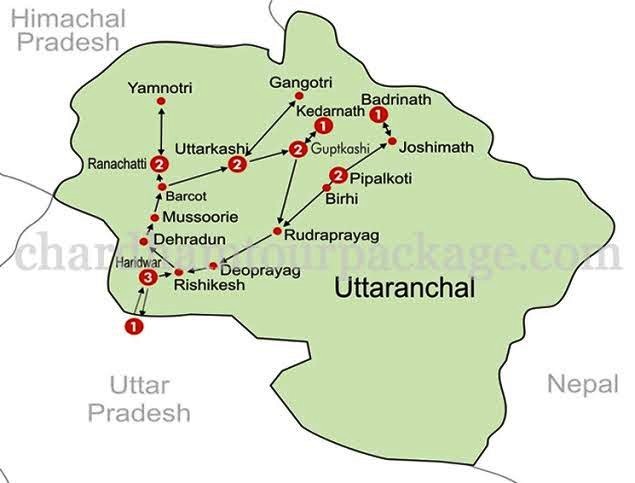CURRENT AFFAIRS
Get the most updated and recent current affair content on Padhaikaro.com
Edible plants into vaccines
- Vaid's ICS, Lucknow
- 17, Sep 2021

G.S. III
Context:
Scientists attempt to turn edible plants like lettuce into mRNA vaccine factories under the edible vaccine project.
The edible vaccine project:
The project, backed by a US $500,000 grant from the US National Science Foundation, has three goals:
- Showing that DNA containing the mRNA vaccines can be successfully delivered into the part of plant cells where it will replicate.
- Demonstrating the plants can produce enough mRNA to rival a traditional shot.
- Determining the right dosage.
- If this new project is successful, plant-based mRNA vaccines which can be eaten could overcome this challenge with the ability to be stored at room temperature.
What makes it possible in plants ?
- Key to making this work is chloroplasts, small organs in plant cells that convert sunlight into energy the plant can use.
- They’re tiny, solar-powered factories that produce sugar and other molecules which allow the plant to grow.
- They’re also an untapped source for making desirable molecules.
What is this technology all about?
Messenger RNA or mRNA technology works by teaching our cells to recognize and protect us against infectious diseases. One of the challenges with this new technology is that it must be kept cold to maintain stability during transport and storage.
What are mRNA vaccines?
mRNA vaccines trick the body into producing some of the viral proteins itself.
They work by using mRNA, or messenger RNA, which is the molecule that essentially puts DNA instructions into action.
Inside a cell, mRNA is used as a template to build a protein.
How it works?
- To produce an mRNA vaccine, scientists produce a synthetic version of the mRNA that a virus uses to build its infectious proteins.
- This mRNA is delivered into the human body, whose cells read it as instructions to build that viral protein, and therefore create some of the virus’s molecules themselves.
- These proteins are solitary, so they do not assemble to form a virus.
- The immune system then detects these viral proteins and starts to produce a defensive response to them.
Significance of mRNA vaccines:
There are two parts to our immune system: innate (the defences we’re born with) and acquired (which we develop as we come into contact with pathogens).
- Classical vaccine moleculesusually only work with the acquired immune system and the innate immune system is activated by another ingredient, called an adjuvant.
- Interestingly, mRNA in vaccines could also trigger the innate immune system, providing an extra layer of defence without the need to add adjuvants.
Facts for Prelims
Char Dham
- Char Dham means Four Dhams i.e. Four religious places. Char Dham in Uttarakhand is a collective term used for religous circuit covering Holy hindu pilgrimage centres of Badarinath, Kedarnath, Gangotri and Yamunotri.
- All four temple shrines are located in Garhwal Himalayas range of Uttarakhand.
- This is considered as most sacred religious places to be visited by Hindus, to get rid of their sins and pave path to ultimate goal of human life – the Moksha.
